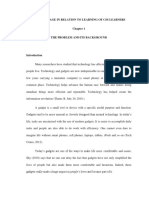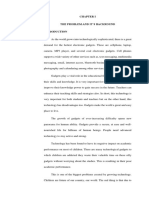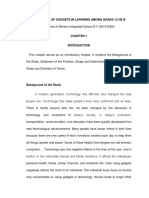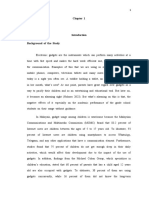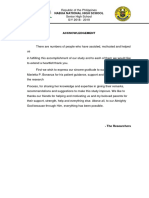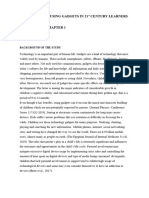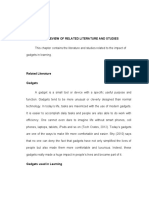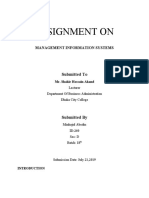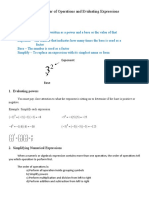0% found this document useful (0 votes)
162 views17 pagesGadget Use Impact on Students
This document discusses the negative effects of excessive gadget use among students. It identifies 6 main negative effects: 1) Effects on sleep from blue light exposure delaying melatonin production. 2) Effects on eyesight from prolonged close screen time causing blurred vision. 3) Effects on health like bad posture, overweight, back/neck pain from lack of physical activity. 4) Effects on behavior and mental health such as increased aggression and loss of interest in other activities. 5) Effects on learning as gadget overuse limits learning other skills and causes students to believe tasks are too hard. Excessive gadget time interferes with study time.
Uploaded by
Markdave PamilarCopyright
© © All Rights Reserved
We take content rights seriously. If you suspect this is your content, claim it here.
Available Formats
Download as DOCX, PDF, TXT or read online on Scribd
0% found this document useful (0 votes)
162 views17 pagesGadget Use Impact on Students
This document discusses the negative effects of excessive gadget use among students. It identifies 6 main negative effects: 1) Effects on sleep from blue light exposure delaying melatonin production. 2) Effects on eyesight from prolonged close screen time causing blurred vision. 3) Effects on health like bad posture, overweight, back/neck pain from lack of physical activity. 4) Effects on behavior and mental health such as increased aggression and loss of interest in other activities. 5) Effects on learning as gadget overuse limits learning other skills and causes students to believe tasks are too hard. Excessive gadget time interferes with study time.
Uploaded by
Markdave PamilarCopyright
© © All Rights Reserved
We take content rights seriously. If you suspect this is your content, claim it here.
Available Formats
Download as DOCX, PDF, TXT or read online on Scribd
/ 17




